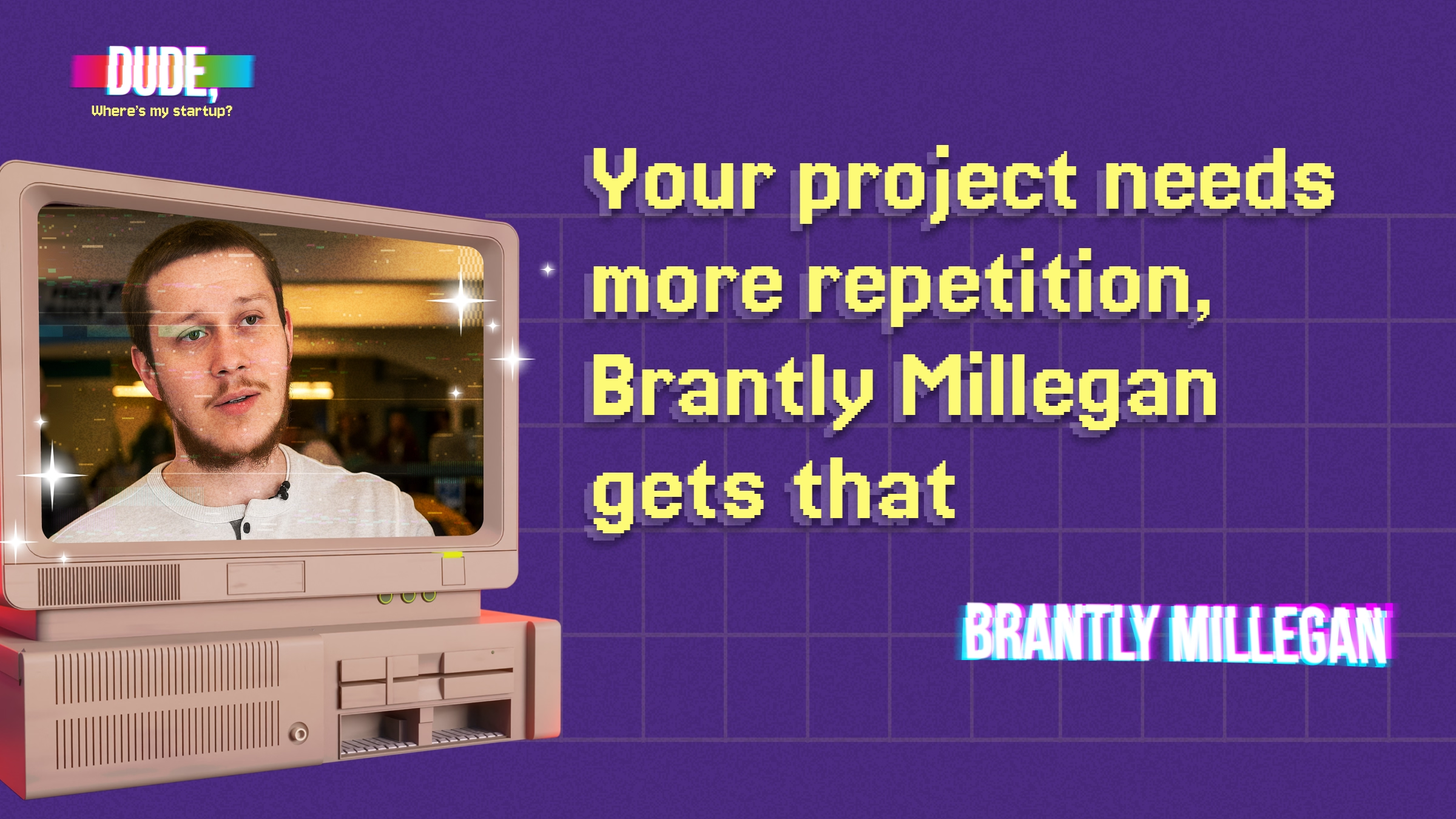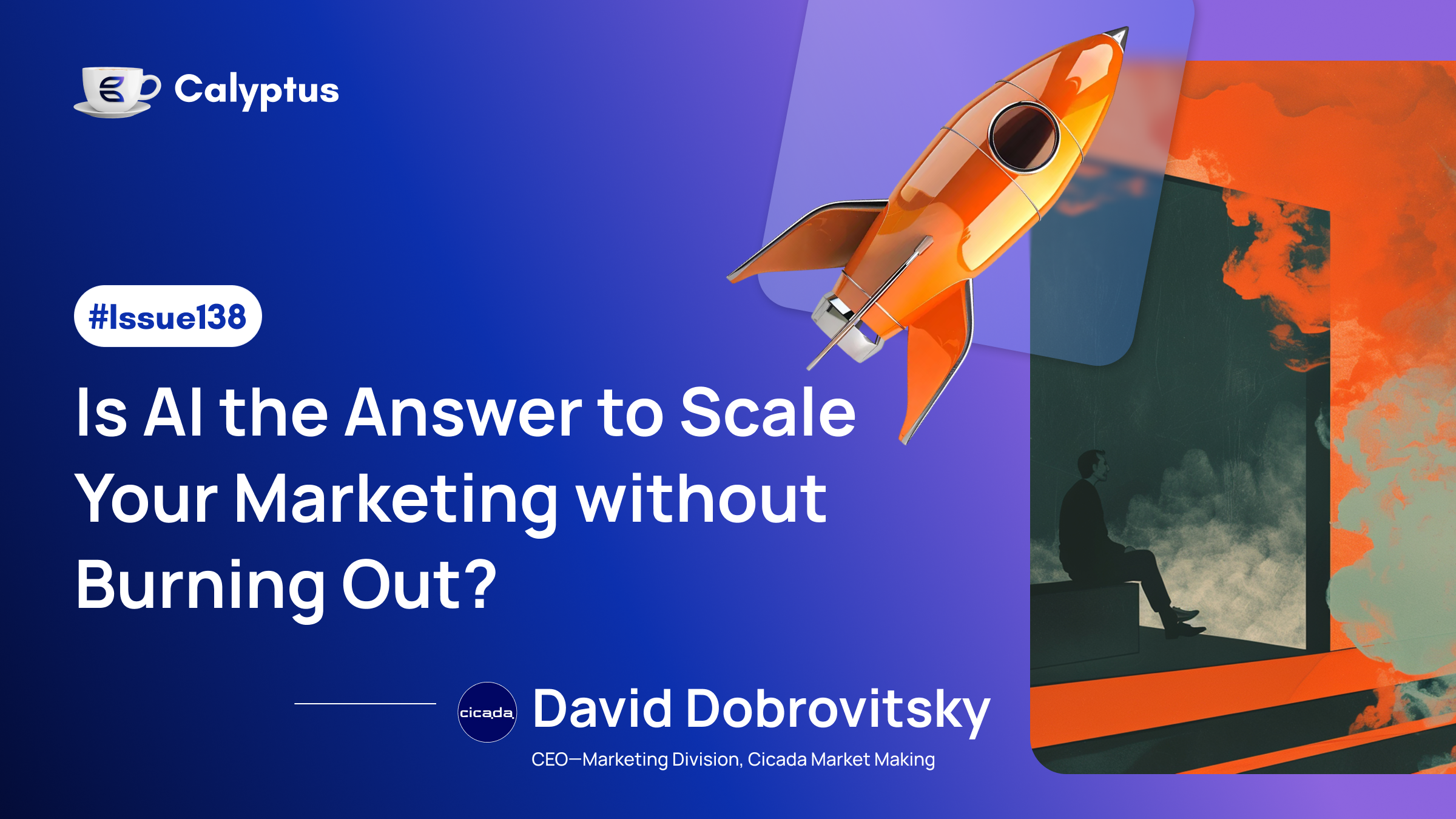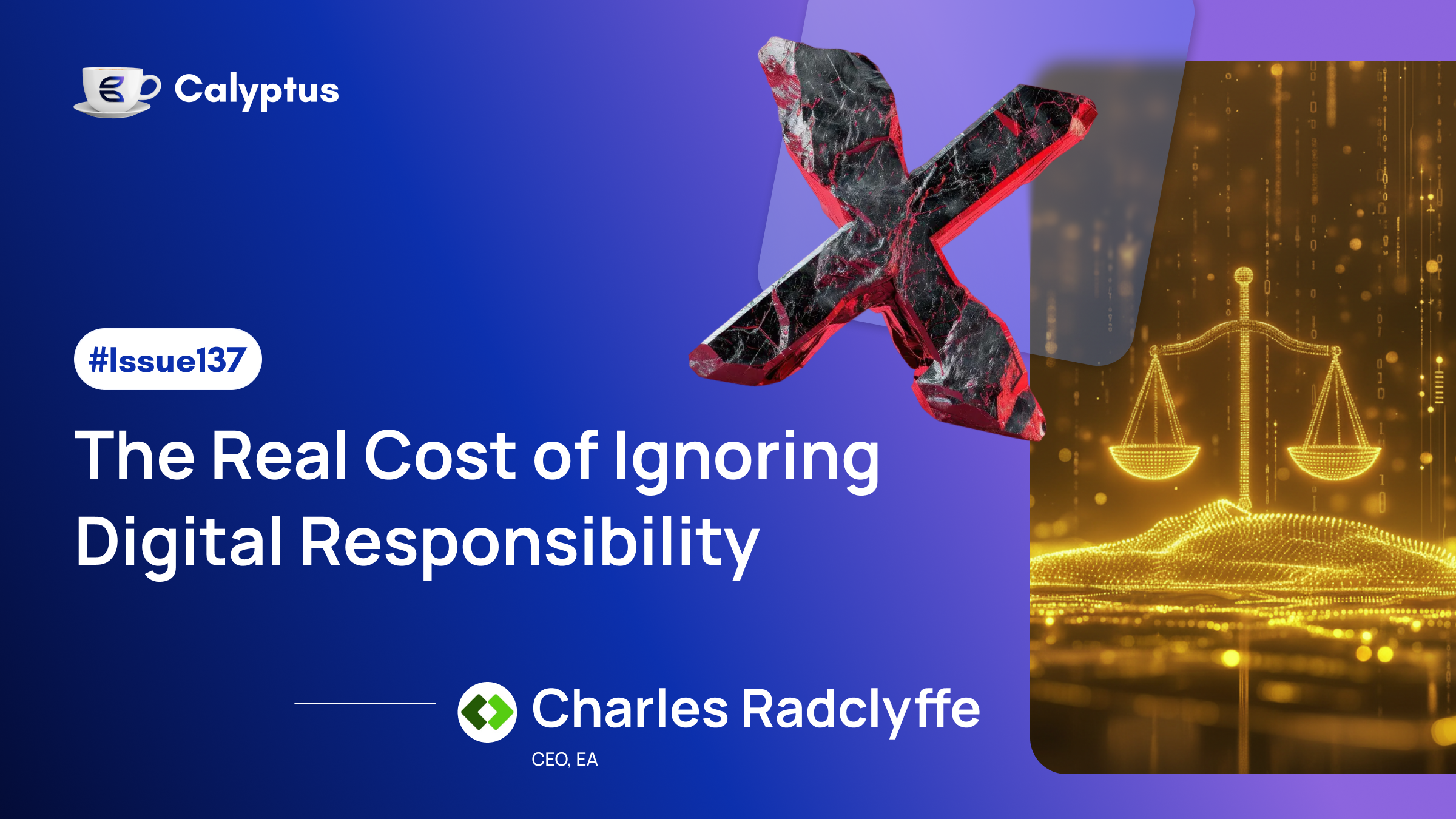Brantly Millegan is one of those builders who never stopped banging the drum. He helped take Ethereum Name Service (ENS) from an early curiosity to a core piece of Web3 infrastructure, and he’s still pushing the same message today, not because people haven’t heard it, but because most haven’t heard it enough.
He came into crypto in the early days, around the time of Namecoin and the first altcoin experiments that tried (and failed) to build blockchain-based naming systems. ENS wasn’t first, but it was the only one that worked. The idea wasn’t new, yet the team stuck with it. “Some really good devs, some luck, some smart negotiating,” Brantly says. “It wasn’t just the tech.”
ENS now runs across hundreds of apps, from Uniswap and Etherscan to wallets and explorers. The concept hasn’t changed much: human readable names mapped to on-chain data. What’s changed is the scope. What started as a tool for wallet addresses is now a foundation for full user profiles, avatars, bios, payment addresses, social links all portable across Web3.
His latest project, Ethereum Follow Protocol (EFP), builds on the same principle. If ENS solved names, EFP wants to solve following. In just six months, it’s integrated into 45 apps, including Snapshot, Tally, and Superfluid. It lets users carry their social graph between platforms, a basic idea with big implications. The goal is to give users real ownership over their identity and relationships.
But Brantly’s deeper insight isn’t technical. It’s communicative. He believes most builders dramatically underestimate how much repetition it takes for an idea to land. “You feel like you're saying something a thousand times,” he says, “but only then are people hearing it twenty times. That’s when it starts to stick.” It’s why he posts regularly. Why he stays in the conversation. Why he encourages founders to stop overthinking and start communicating early, often, and without ceremony.
Another lesson that took longer? Trust. Not in the blockchain, in people. Brantly is clear eyed about the social layer. The tech is predictable. The humans are not. “Pick your collaborators carefully,” he says. “Set up legal structures. Don’t just assume everyone’s aligned when things get hard.”
Outside of crypto, Brantly has eight children, works from home, and credits much of his grounding to family life and Catholic faith. His advice to younger builders isn’t about finding product market fit. It’s about building a life you actually want. “You don’t need perfect conditions,” he says. “Get married. Have kids. Go to church. You’ll figure it out.”
For Brantly, the hard part wasn’t building the tech. It was staying in the game long enough for people to get it. That’s still the work.




